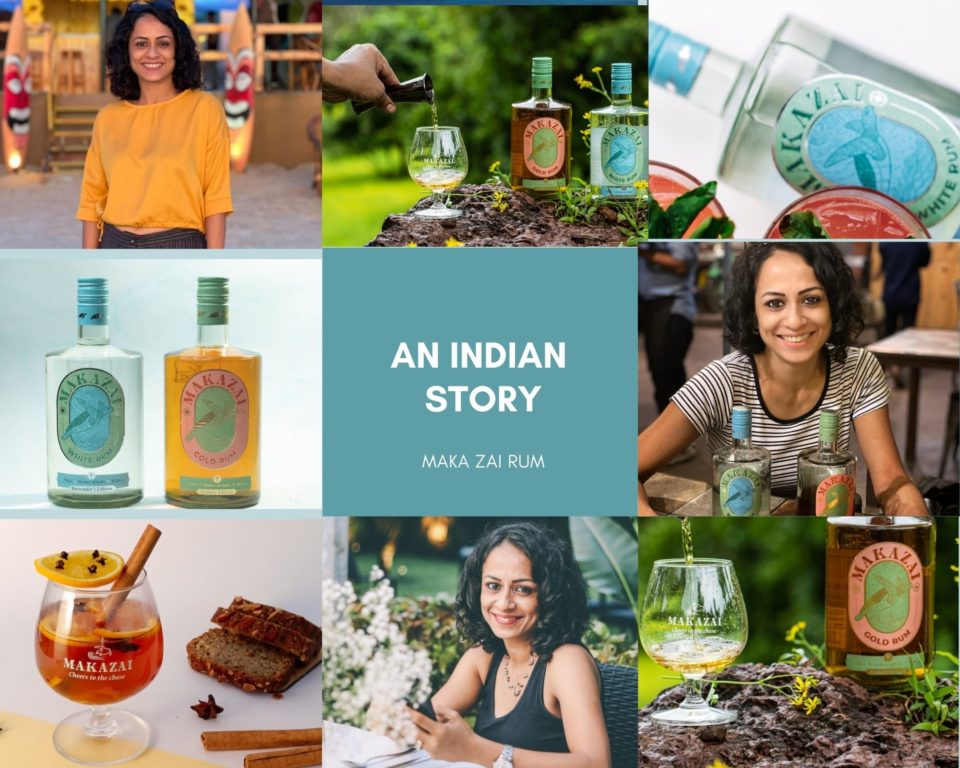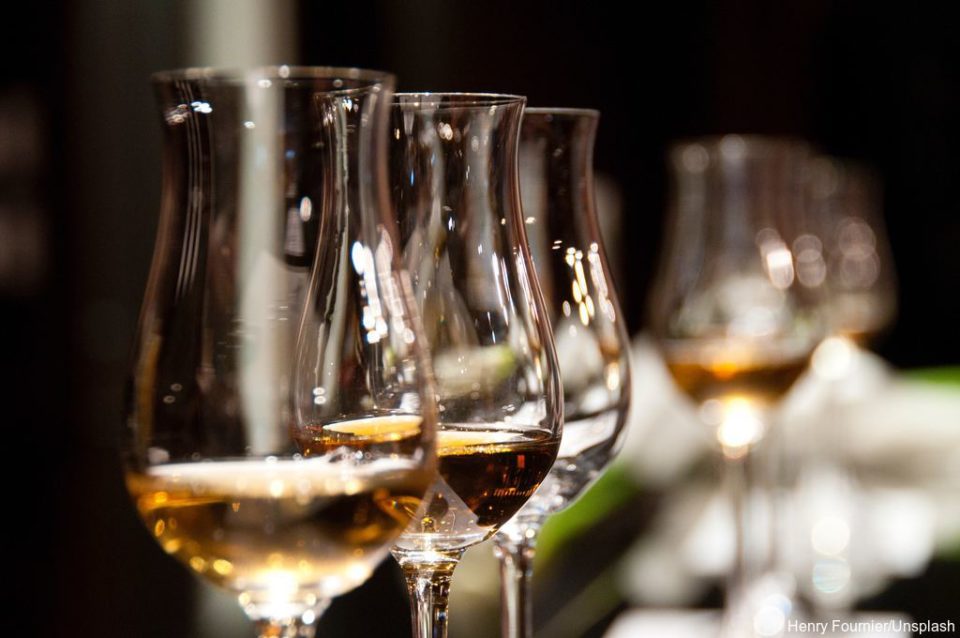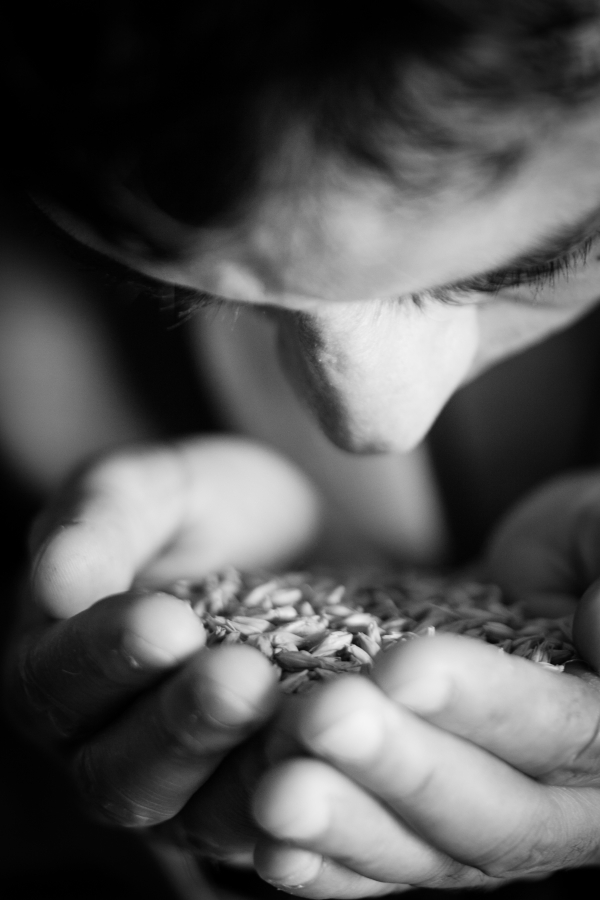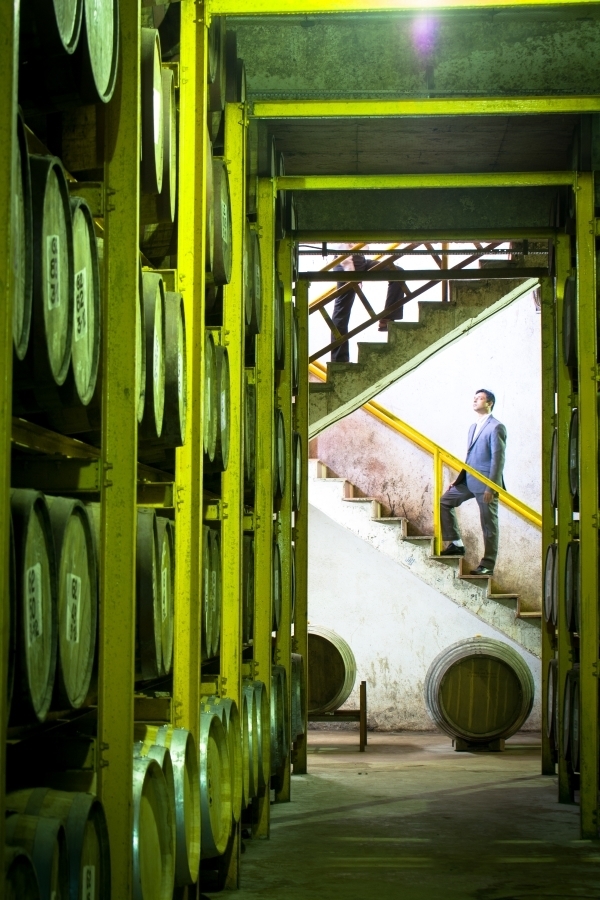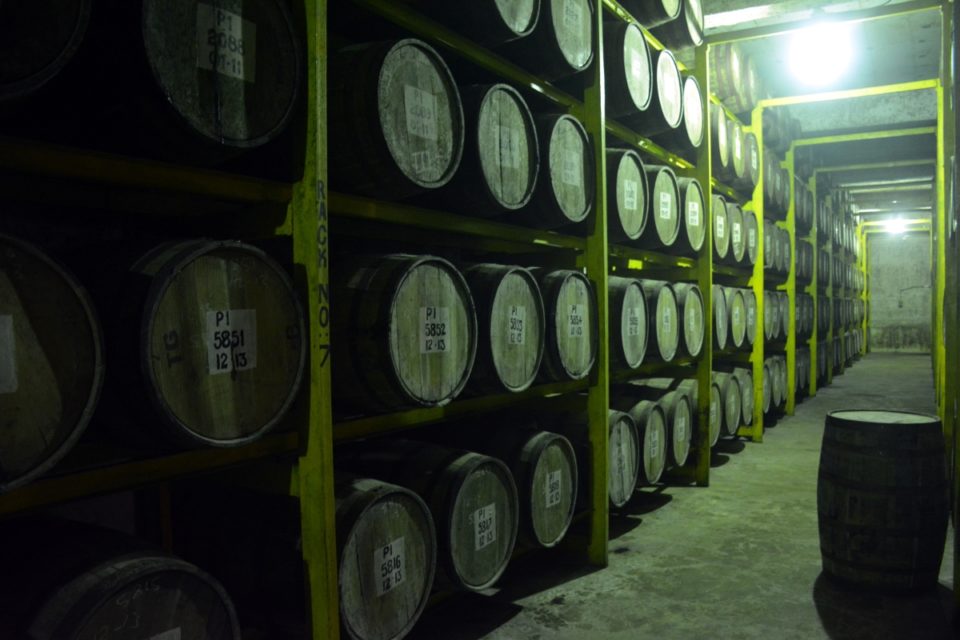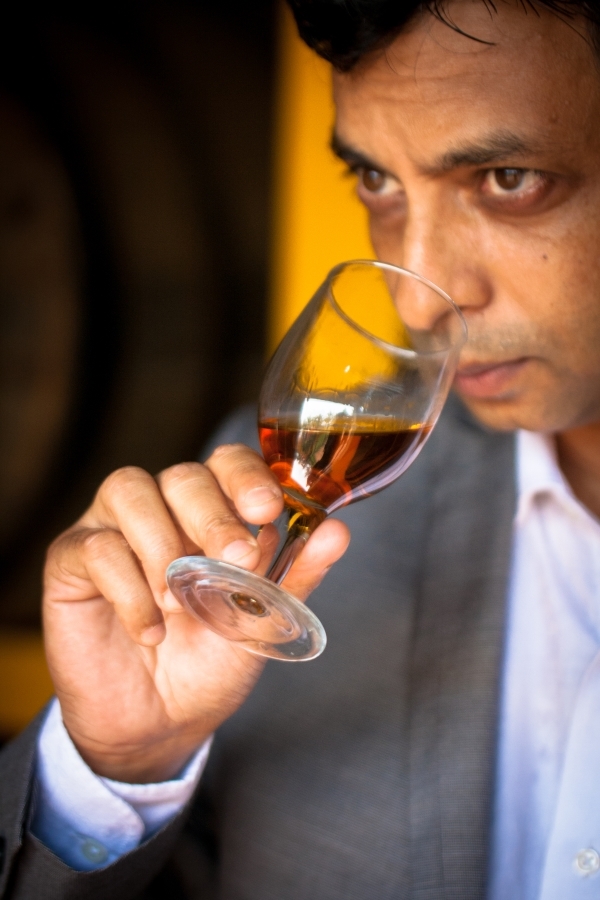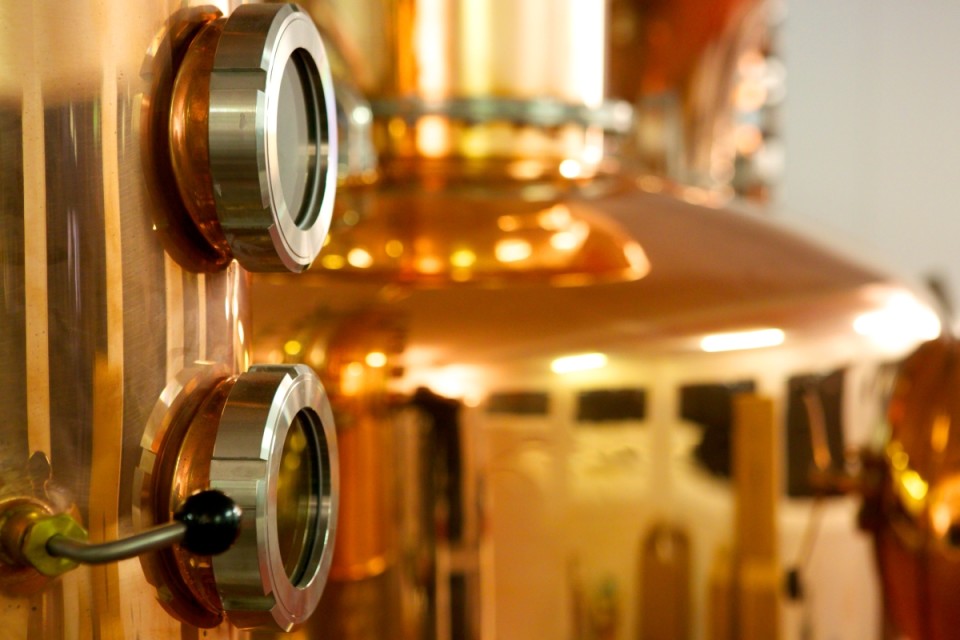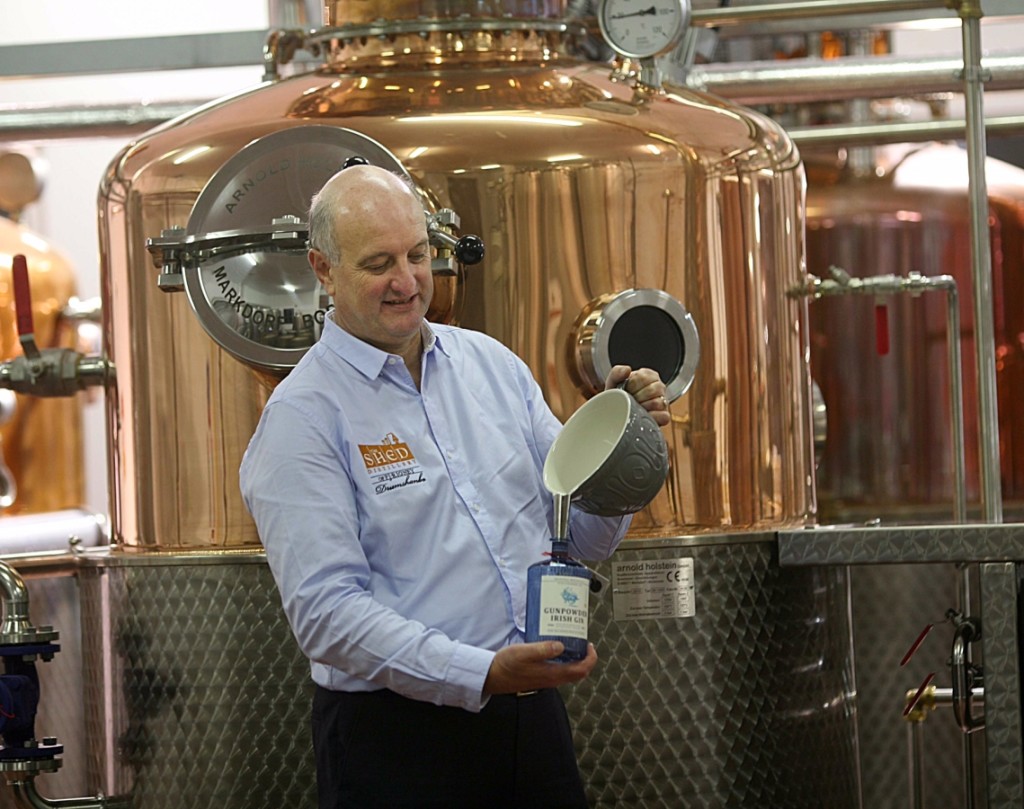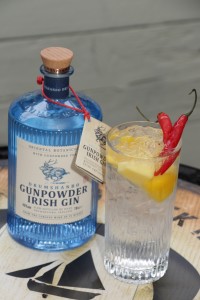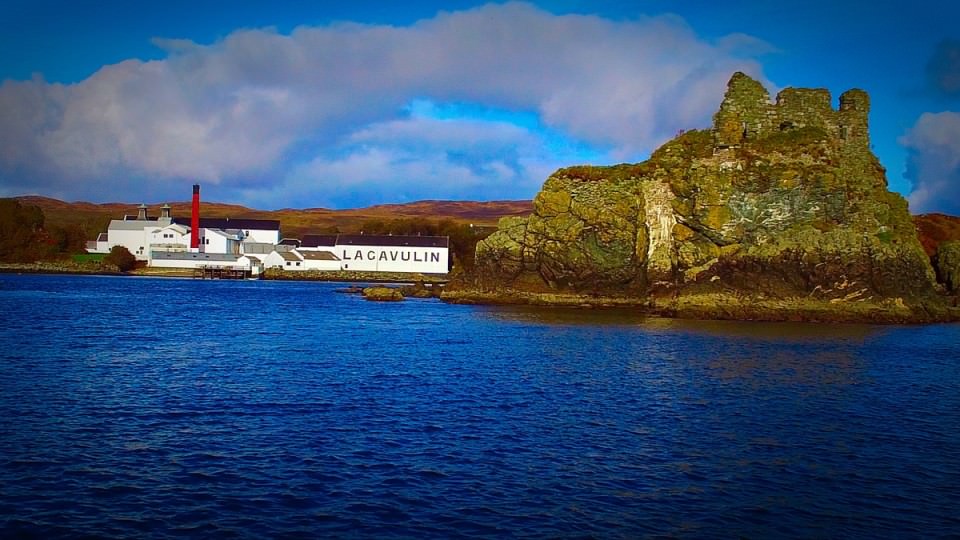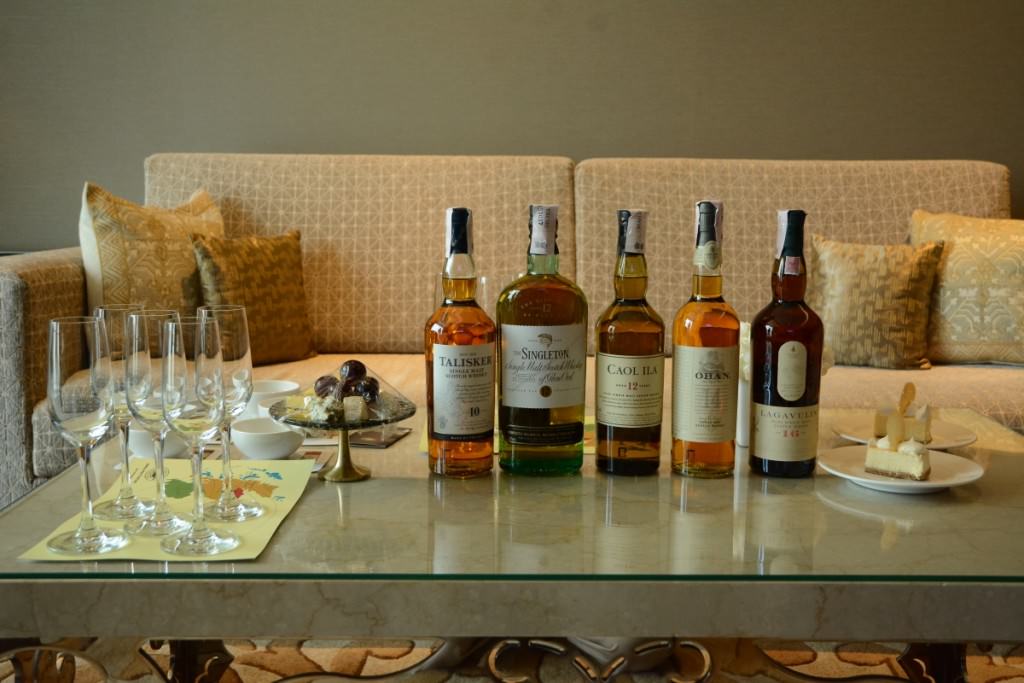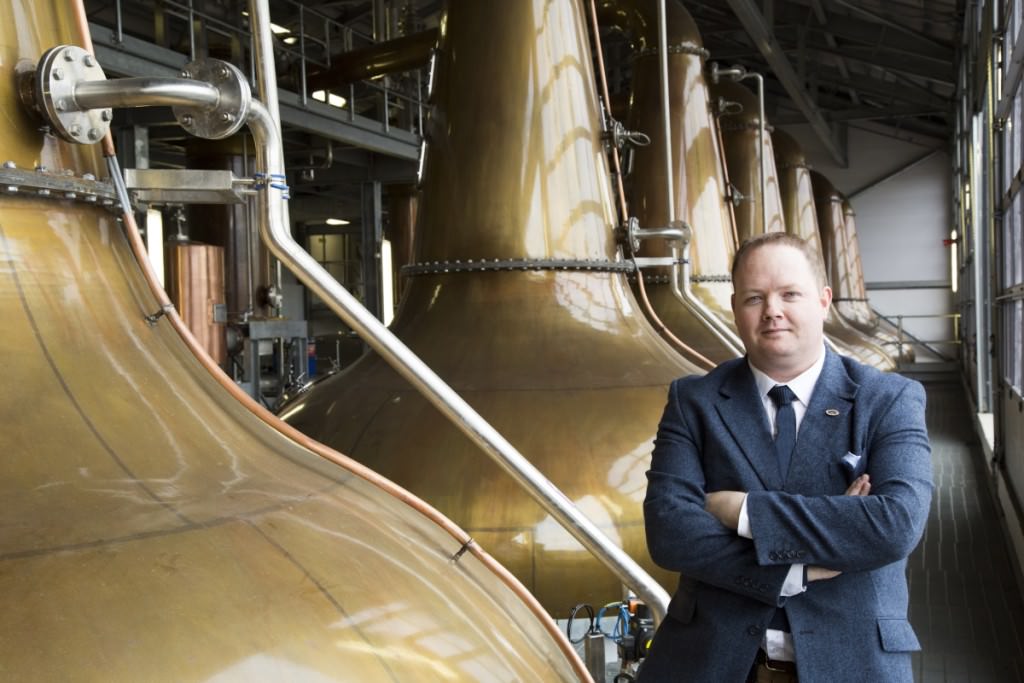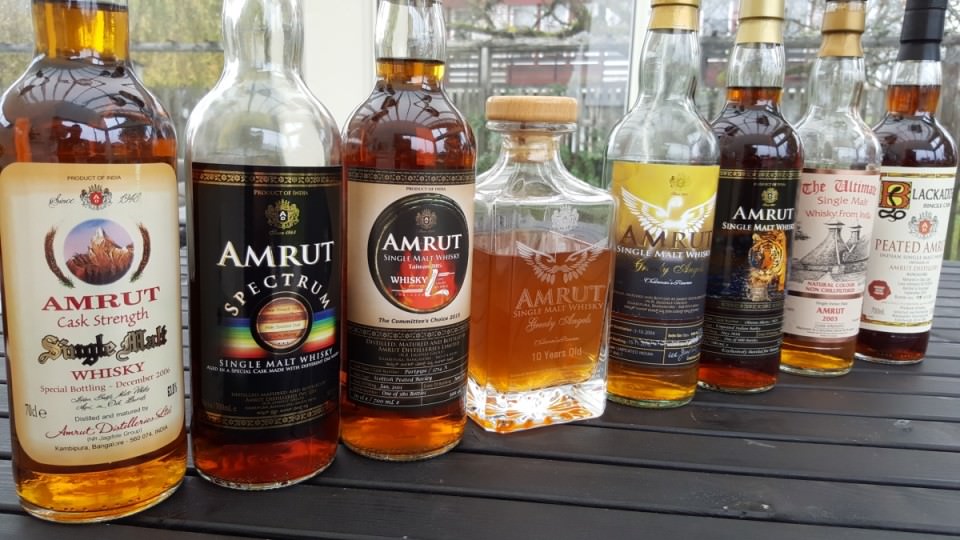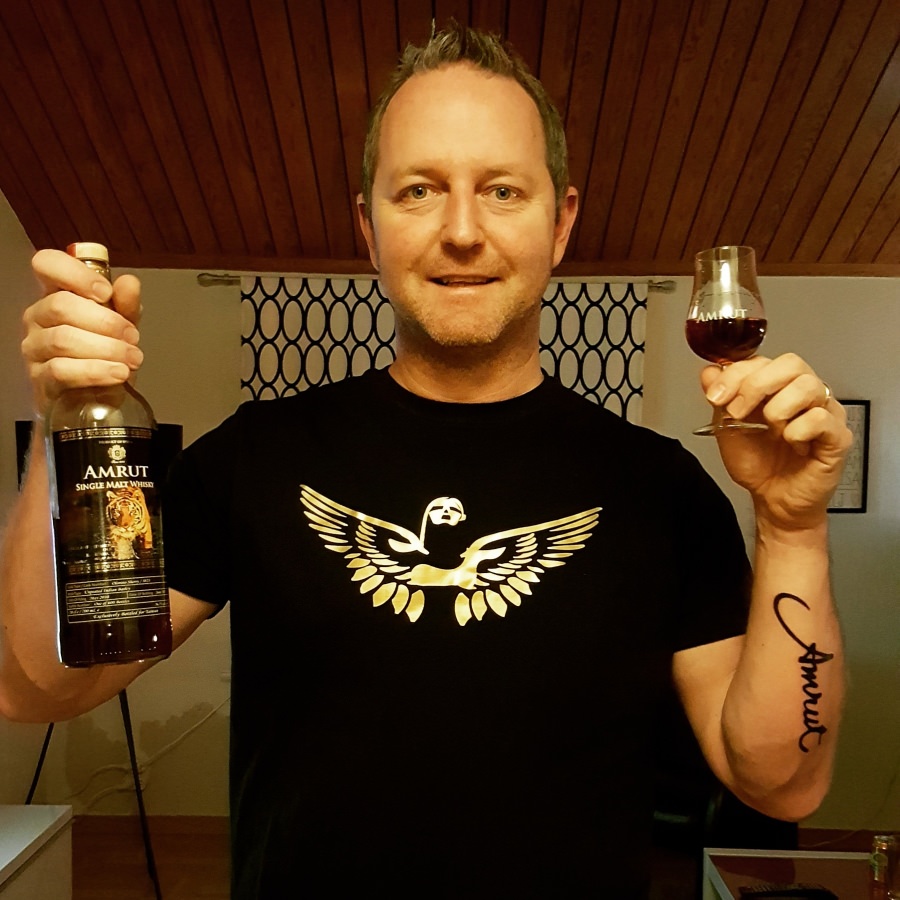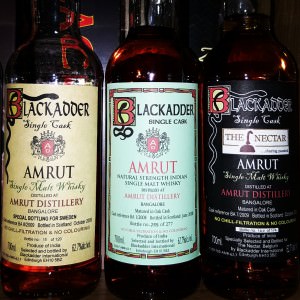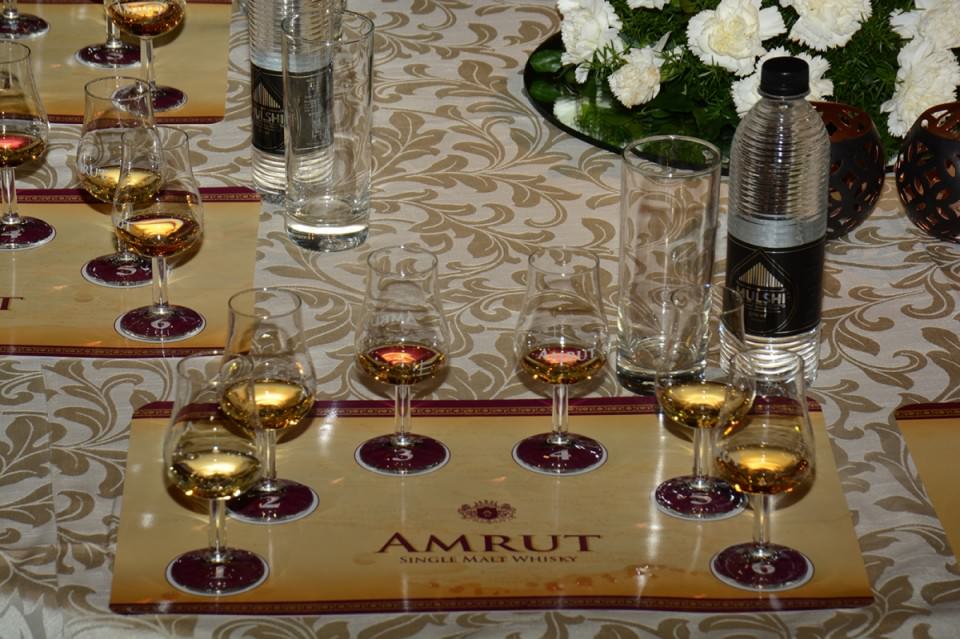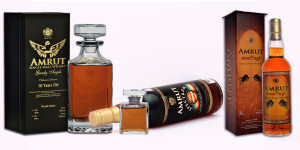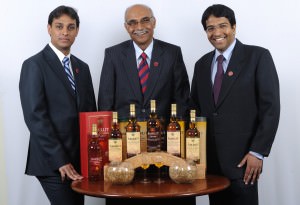Rum is golden: The Maka Zai story
As part of a new series called An Indian Story I will periodically focus on Indian entrepreneurs in the rapidly-developing Indian beverage market. Here is the story of Maka Zai rum and its young founder, Kasturi Banerjee, the only female rum entrepreneur in India
Kasturi Banerjee loved her life as a banker, every bit of it, “including Monday’s” she tells me. She would get to travel, see new places, and meet people. Little did the founder of India’s all-new Maka Zai rum (translated to ‘I want’ in Konkani) imagine that a whimsical decision to do a bartender’s course would change the course of her life. Kasturi was a cocktail enthusiast, and the decision was just ‘fantastic timing, admits Kasturi. “I enjoyed drinking, making drinks, sharing what I made with friends. I decided I wanted a certification too, which would give me validity.”
Things moved fast from there and after time spent on travel and research, Maka Zai was born, a pandemic baby, so to speak. Back then, her mother was not a little worried at her decision to give up her steady career in banking to dive into the world of spirits. “What do I tell people?” she asked her, “That you’ve decided to become a bartender?”
It matters not today. It is a testament to India’s rapid pace of social change that today, bartenders (or mixologists, a fancier phrase) are the new ‘happening’ profession – the newly sought-after social magicians creating heady, eye-catching, and delicious concoctions with a flip and a twirl of the shaker.
From here, it was a short step to creating her very own nectar.
Kasturi is one among many young entrepreneurs braving the uncharted waters of India’s boutique alcobev industry. The youthful brand launched in Goa a year ago with a production of 200 cases. Today, Maka Zai sells 2000 cases, very encouraging growth for a small brand. “We are in India’s biggest 3 markets – Goa, Karnataka, and Maharashtra,” says Kasturi with pride. A launch in Delhi is on the cards.
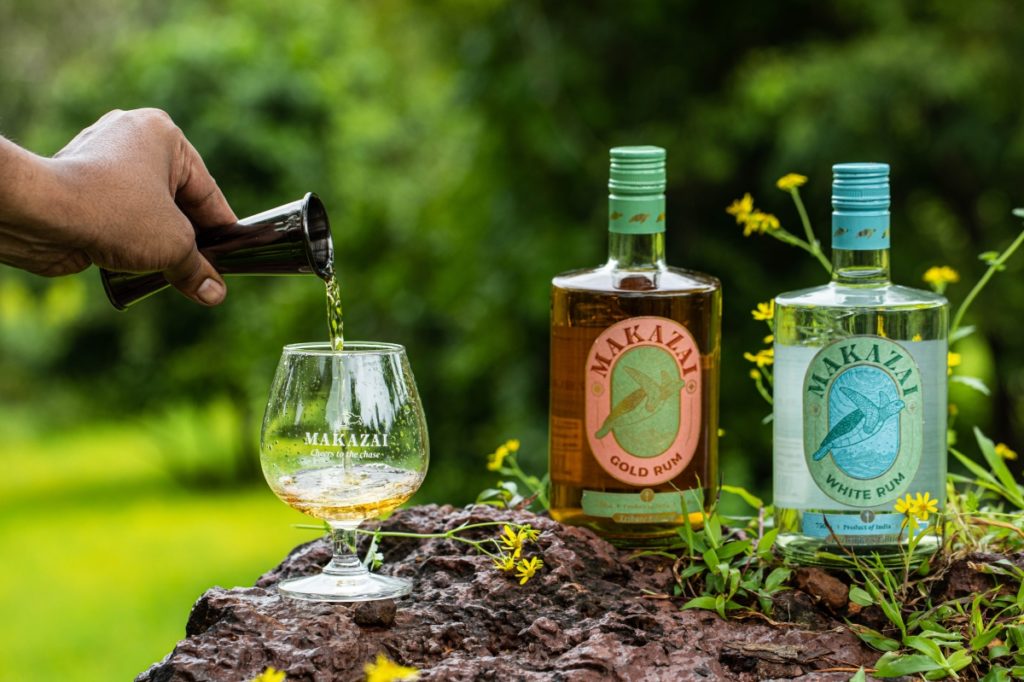
“Rum has traditionally been regarded as a man’s drink. Today’s drinking style has undergone a change.”
It’s a rum thing
Why choose to make rum, I ask her? “India already has 40 gins available at different price points,” she points out. “And I am trying to capture a wider audience: research shows whisky drinkers also enjoy rum and would drink it if ever they switched loyalties.” Besides, the climate in South East Asia – warm and humid – is ideal for growing sugar cane, the raw ingredient from which rum is made.
While India has its share of staunchly loyal rum drinkers, Indian rum has always been perceived as inexpensive and not for the refined palate. Yes, agrees Kasturi. “No one really was making rum for the premium segment in India. I wanted to break stereotypes, to change pre-set notions of Indian rum, its profile, and drinkers while keeping the nostalgia intact.”
The concept of terroir exists for sugar cane just as it does for grapes, she explains. The sugar cane she sources from the banks of Maharashtra’s Panchganga river is sweeter, lusher than elsewhere, and impacts the quality of the final liquid. “I want to make a small batch, sipping rum (that can be enjoyed without wincing!) along the lines of Don Papa from the Philippines.”
White Maka Zai rum is made from pure molasses spirit, created specifically for cocktails and double-distilled in Goa, where Kasturi has leased a blending and bottling plant. The gold Maka Zai is a blend of molasses with cane spirit from Punjab, matured for 2.5 years in ex-bourbon oak barrels.
When it comes to branding, Kasturi has chosen to flip conventional wisdom on its head. Unusually, Maka Zai labels feature the delicately etched Olive Ridley turtles who have made Goa their home much as the young brand has. “I want our journey to be marked by resilience, like the Olive Ridley turtles’ and our design has created curiosity about the brand spreading quickly on social media. It did help that I am the only female rum entrepreneur in India. The lockdown actually worked for us – it was a great leveller, bringing big and small players to the same level.”
The evolving consumer
The last few years have also seen a sea change in consumer trends, she adds. “Rum has traditionally been regarded as a man’s drink, a dark winter drink, associated with pirate flags and so on. Today’s drinking style has undergone a change. And now is the perfect opportunity to experiment.”
Consumers are increasingly experimental. They want to know what’s new. There’s a curiosity to experiment with styles and flavours. With bartenders as the new influencers, the message has spread fast. India is ready for a sipping rum, believes Kasturi, “The cigar culture is growing, and people who used to travel to try new things are finding innovation right here in India.” Kasturi’s story has become a beacon for would-be entrepreneurs. “So many people want to do what we are doing.”
If that sounds incredibly busy, it is for the young founder. “There’s no life for me beyond Maka Zai. At home I’m an introvert, a workaholic, I spend time with my rescue dog Norbu and I work out.” But with Kasturi and Maka Zai making waves, she admits that her mother is happy at last. “I believe we shouldn’t do something if we can’t do it well. And you have to love something to make it well.”
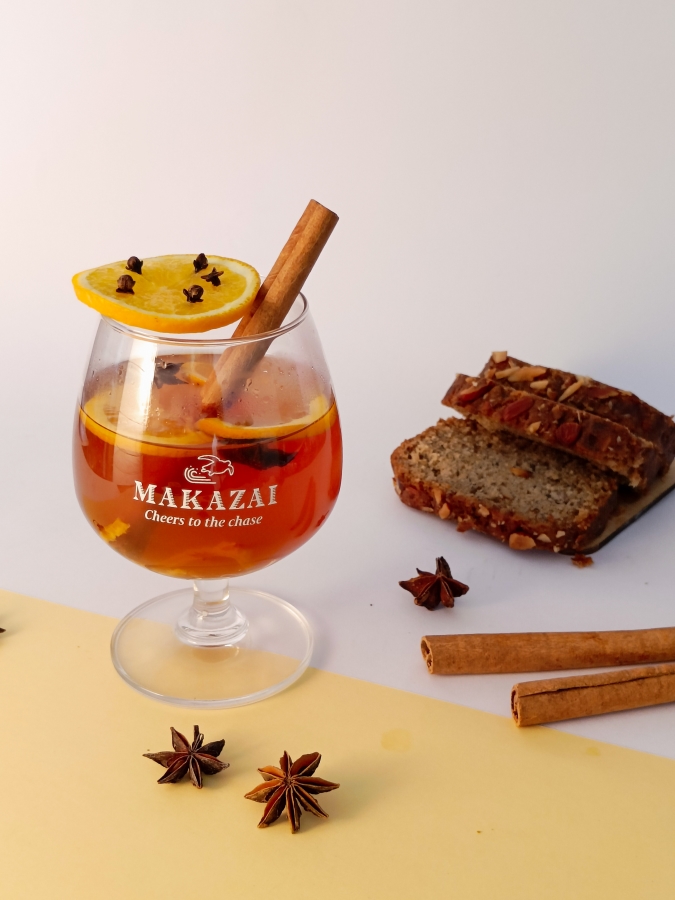
Ponnje Toddy
Ingredients:
· Maka Zai Gold Rum- 60ml
· Orange Marmalade 1 barspoon
· Ginger honey 7.5ml
· Earl Grey Tea 120ml
Garnish: Clove studded orange slice, cinnamon, star anise
Method:
In a warm goblet, put 1 barspoon of orange marmalade, add Gold Rum, ginger honey, add spices like star anise, cinnamon and give it nice stir till the marmalade dissolves well. Add warm Earl Grey tea over the top and garnish it with an orange slice studded with cloves.
How is rum made?
All rum is made from sugar can but can range widely in style, from colourless, unaged, lightly-flavoured spirits to ones that are dark brown with pronounced aromas.
The Caribbean is most famous for its rum, though rum can be made all over the world.
Rums from the French-influenced Guadaloupe and Martinique islands in the Caribbean are typically made from sugar cane juice, called rhum agricole. While a majority of rum made around the world is made from molasses, the residue left over from sugar manufacture, highly concentrated and very sweet.
Rum has very few laws or rules controlling its production.
Ruma may be white (colourless), golden or dark in colour. Dark rum can get its colour from barrel ageing or from the addition of caramel, an approved additive that gives batch colour consistency.
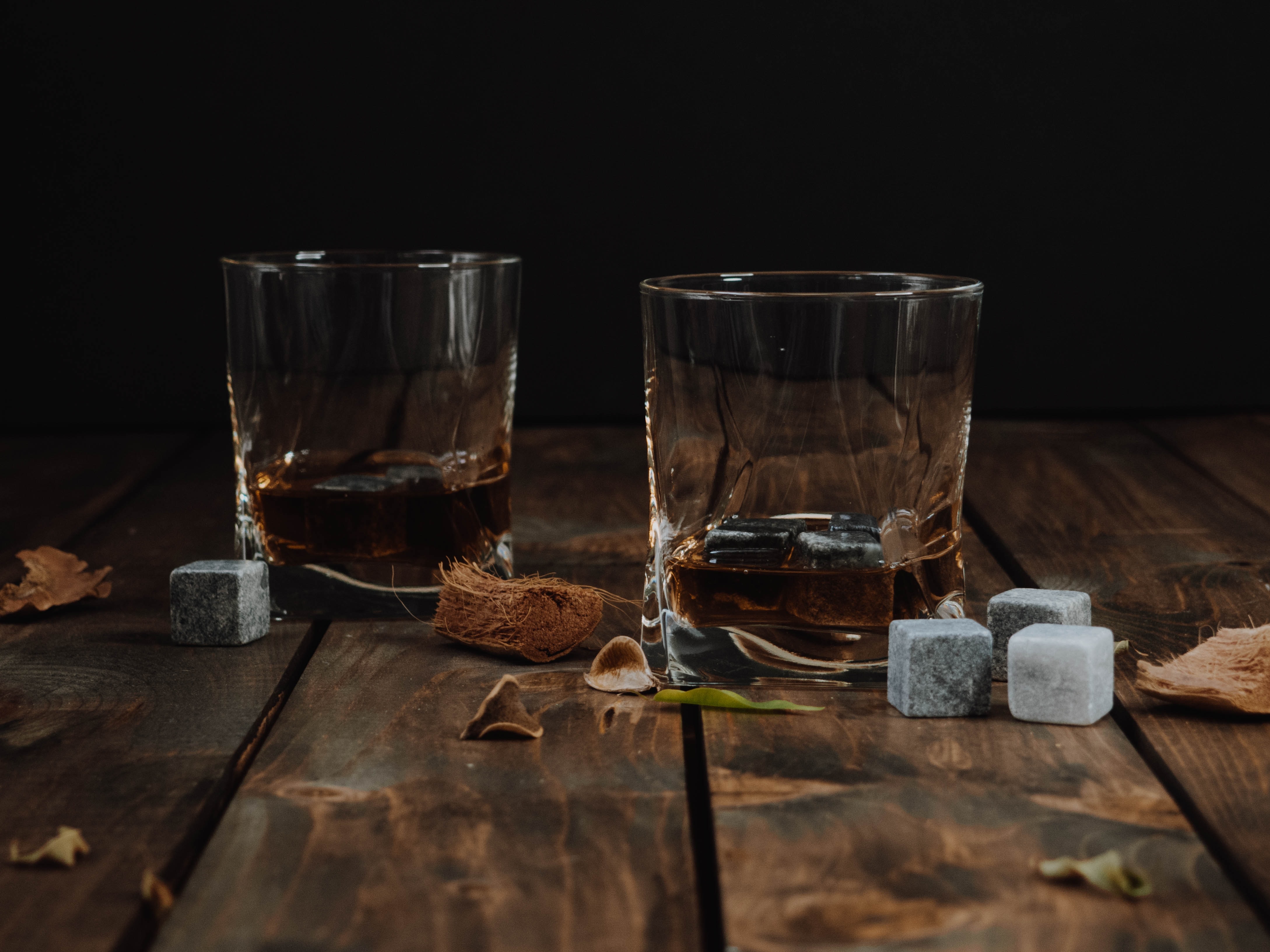
According to the IWSR, however, global rum volumes are expected to increase by 15%+ over the period 2020-2025. Dark rums are expected to grow by 17% and white rums by 9% over this period after a decrease globally, from 2015-2020.

